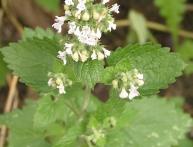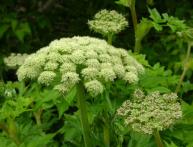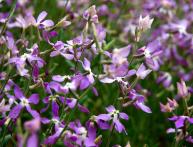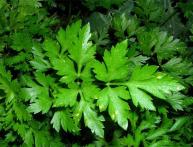Physalis in the photo. How to grow physalis
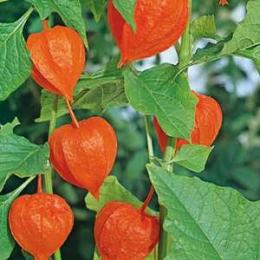
I guess, that physalis in the photo, and in life we have seen almost everything. Its red lanterns often decorate flower beds; many people place a bouquet of physalis in their apartment for the winter. A bouquet of bright dead wood enlivens the room during gloomy weather. Physalis happens decorative, vegetable and berry.
Hidden inside the flashlight is a fruit berry that can have different flavors. This plant belongs to the nightshade family, like tomatoes, so their agricultural technology is similar. Varietal berry physalises are very tasty, and finding their seeds is quite difficult, besides, you can never be sure that you bought exactly the variety you need, because the physalis in the photo looks very similar, no matter what variety is advertised.
In the southern regions, the seeds of strawberry or Peruvian physalis are sown directly into the ground, but in the middle zone it is necessary grow seedlings. When diving, it is better to bury the seedlings down to the first leaf; the plant becomes very elongated. At the end of May, when the threat of frost has passed and the ground has warmed up sufficiently, the seedlings are planted in open ground or greenhouse. There is no need to plant it, since the fruits are formed just on the side shoots. The vegetable physalis is also called the Mexican tomato; it is grown in the same way as the berry one. The readiness of the fruit is determined by the yellowing of the lanterns.
Ornamental physalis Franchet is a perennial and can reproduce vegetatively. In autumn it is cut for drying. The leaves are removed and the plants are hung to dry.After a few weeks, they are used to make bouquets. All physalis are great reproduce by self-sowing, sometimes simply littering the garden.


